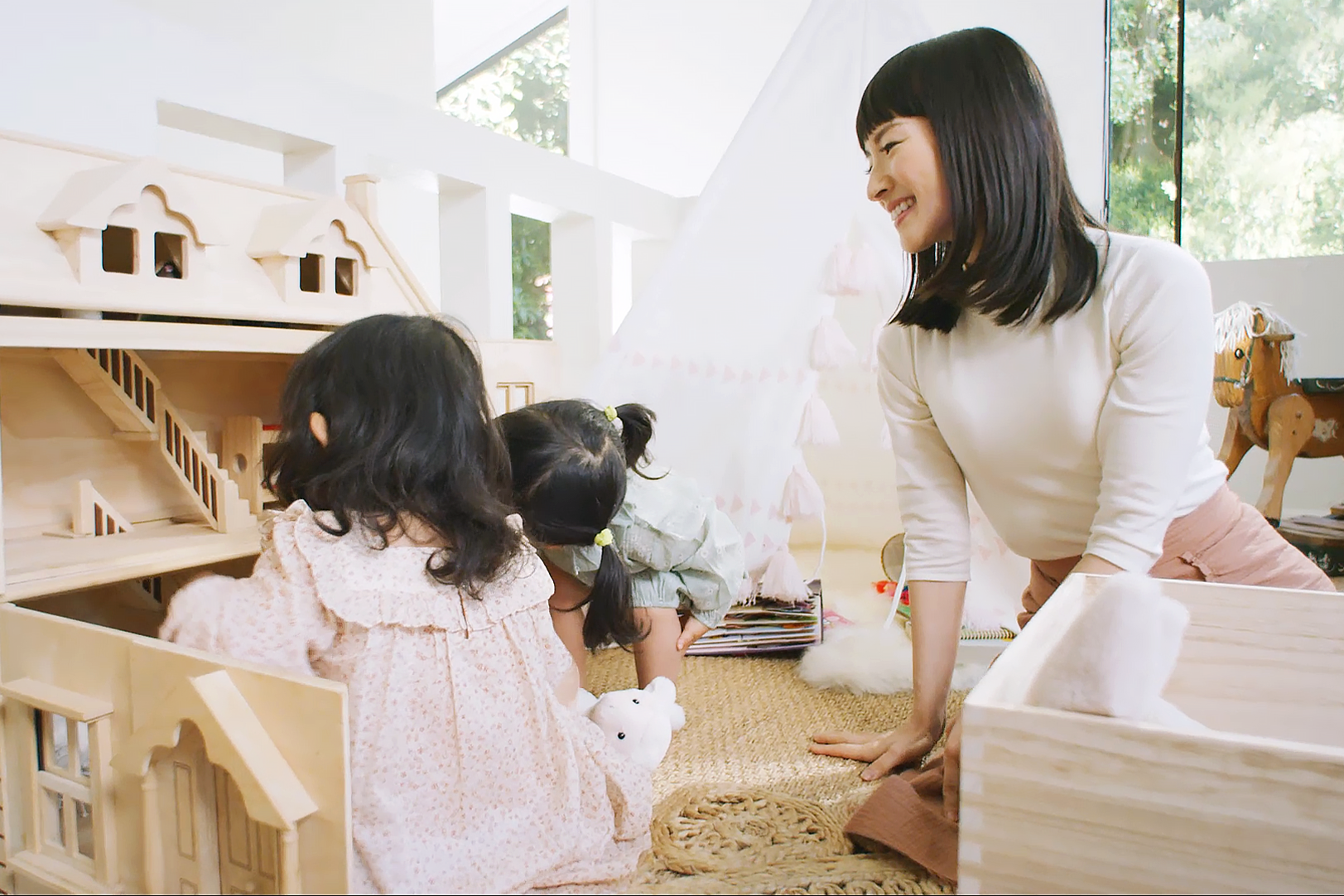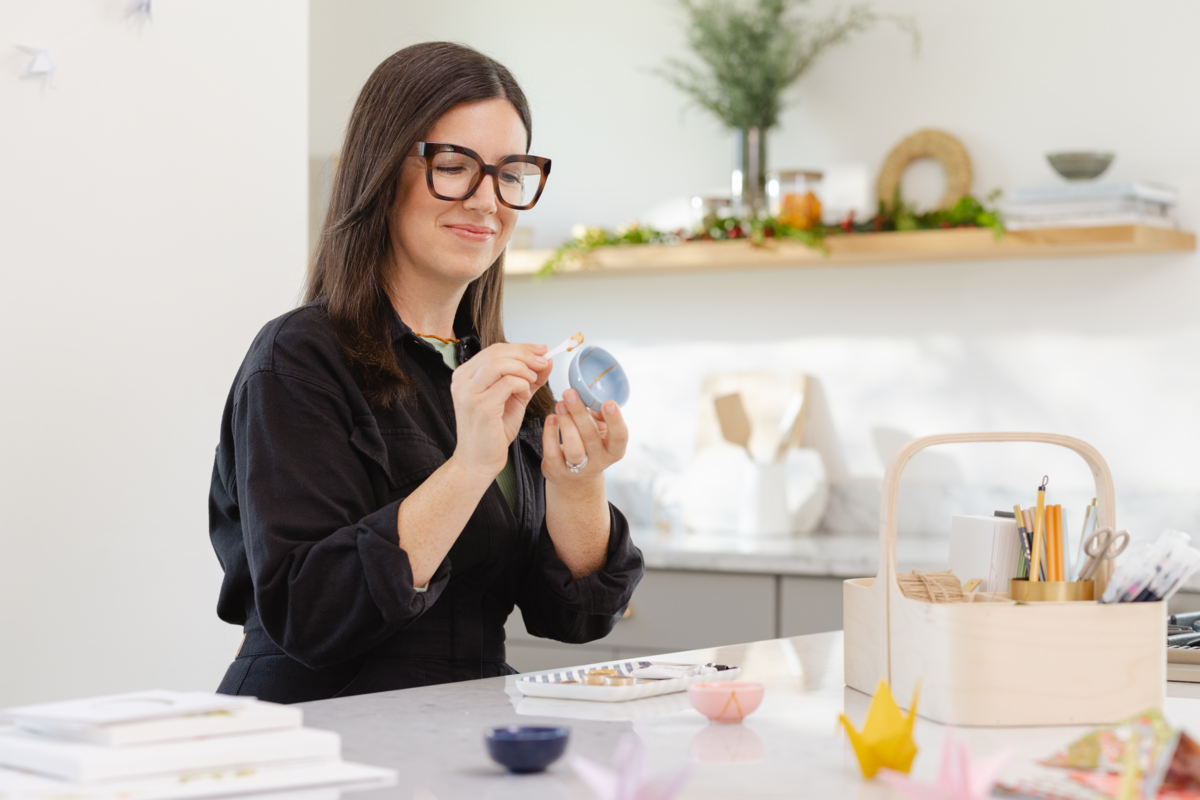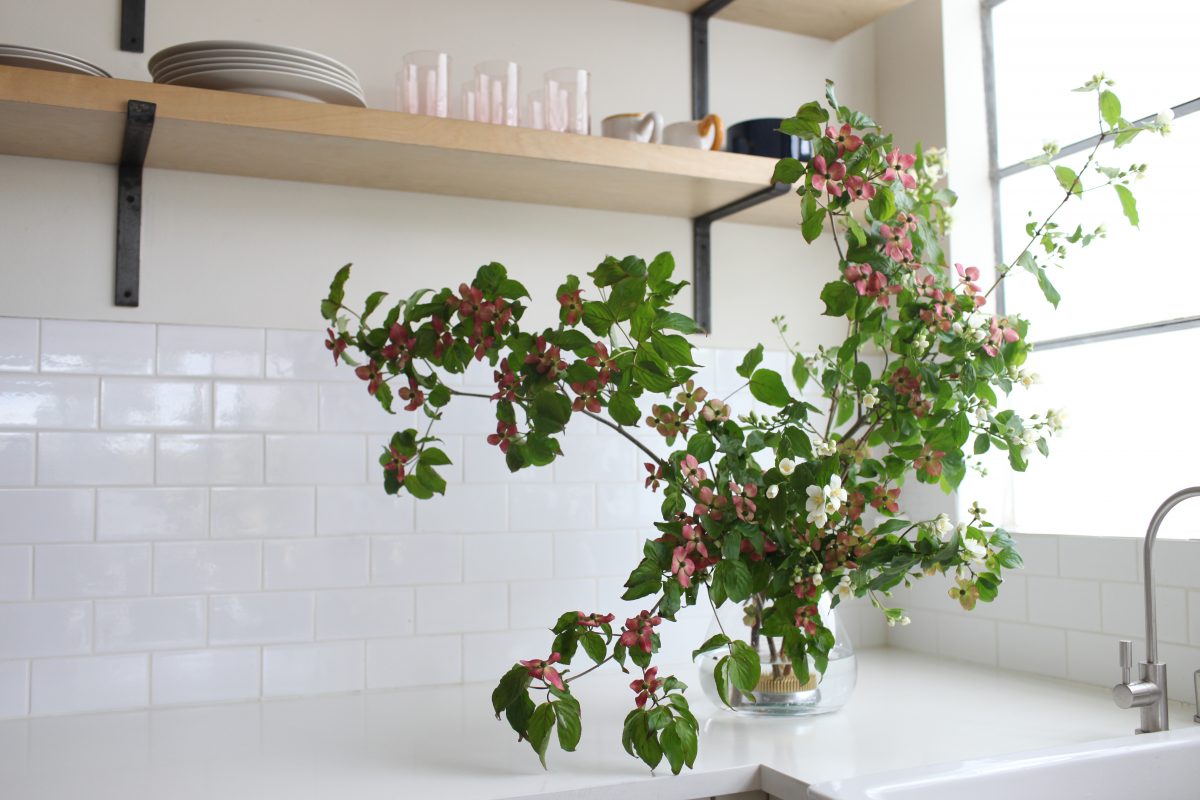There are few celebrations more joy-sparking than Hinamatsuri, or Girl’s Day, in Japan. What began as a ritual to ward off evil spirits and pray for daughters’ prosperity has since evolved into a means for channeling hope and celebrating cultural values – both of which can be accomplished by your family through a special celebration of your own!
Traditionally, Hinamatsuri was observed by constructing simple dolls made from straw or folded paper, placing them on boats and releasing them on a nearby river. This ceremony, known as hina nagashi, was said to carry any bad luck or misfortune away, keeping girls safe and happy.
Today, the holiday’s traditions have broadened, but their intention always remains the same – to celebrate every young girl’s bright future. Girl’s Day takes place on March 3, although many households start decorating as early as mid-February. The day includes colorful silk and paper decorations, delicious traditional foods, a ceremonial set of heirloom dolls – called hina dolls – that are only displayed for the holiday, and of course, time spent together with family.
“As a child in Japan, I looked forward to Girl’s Day every year,” says Marie. “And now I get to share these rituals with my two daughters.”
Learn more about what Girl’s Day represents – and how you can welcome its traditions into your own home – below!
Hina Dolls
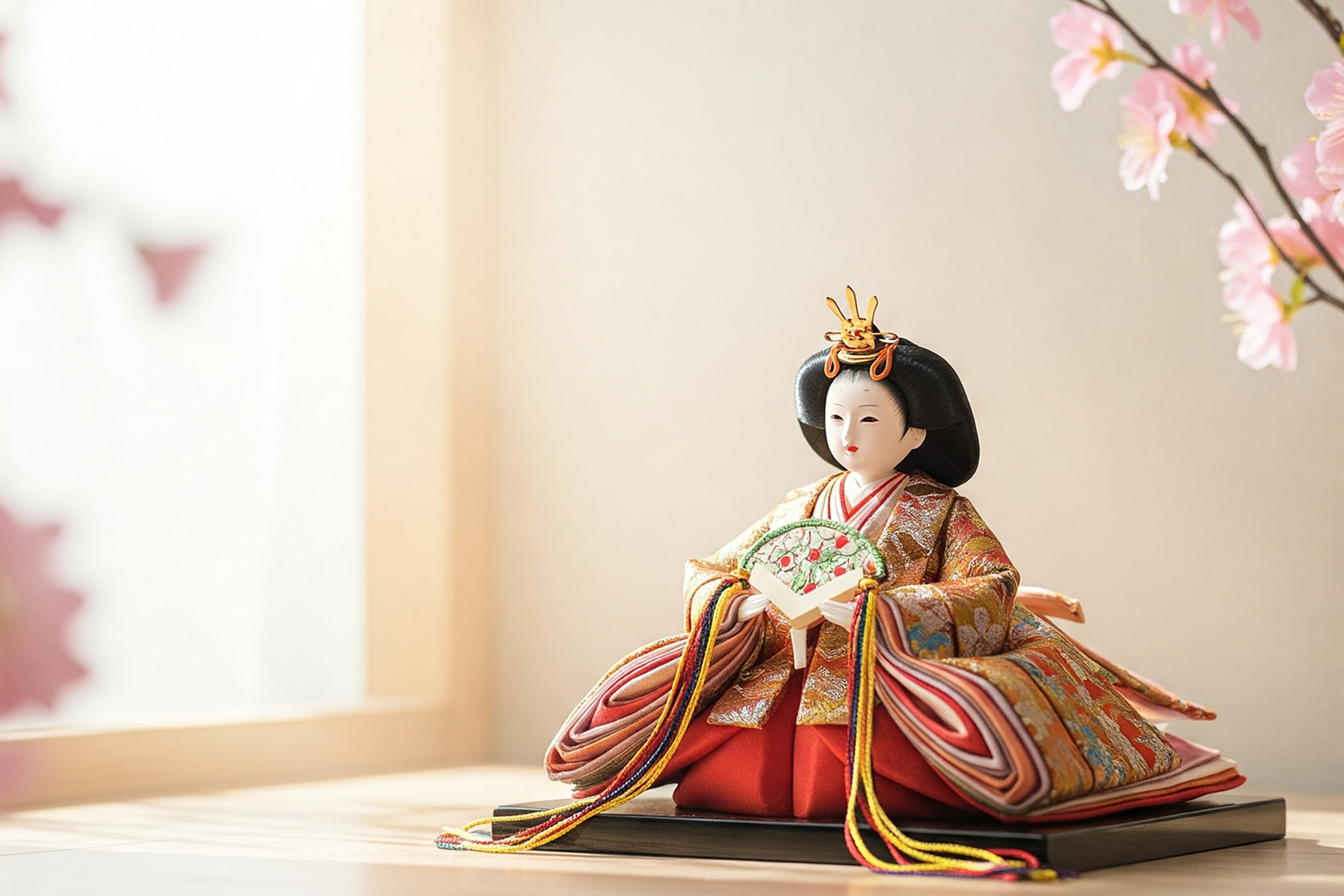
From simple wooden kokeshi to bunraku puppets, dolls play a significant role in Japanese holidays and traditions – and Girl’s Day is no exception. Traditionally, each household places a set of hina dolls on an elaborate red-cloth altar as part of Hinamatsuri. This display serves as the main focus of the holiday.
Adorned in ornate robes, each hina doll represents a member of the Imperial family or court. The simplest Hinamatsuri doll set might include only an Empress and Emperor doll, but more ornate sets can fill up to seven platforms with dolls to represent court ladies, musicians and ministers. Displays often include other decorations and tokens – Japanese screens, furniture, paper lamps called bonbori and even offerings of sweet cakes.
In Japan, parents or grandparents traditionally give each newborn daughter a set of her own hina dolls. Because sets can be expensive, many families treat them as joy-sparking family heirlooms, handing them down from generation to generation.
How to Celebrate Girl’s Day
The beauty of Hinamatsuri is how much it has evolved, depending on region, taste and family preferences! Here are a few suggestions for how to celebrate the girls in your life by creating a few traditions of your very own.
01. Create Your Own Doll Display
Gift a collection of hina dolls to your daughters or granddaughters. While traditional dolls can be quite expensive, many affordable versions are now available. You could also give them a pair of kokeshi, instead! Or try your hand at folding origami dolls together to celebrate the origins of the tradition. Together, you can make an elaborate set – and add to it year after year!
02. Add Joyful Decorations
Many families hang brightly-colored silk ornaments, called tsurushi-bina, throughout the home as symbols of happiness, growth and luck. Some also decorate with branches of peach blossoms or peach-shaped ornaments made of paper or silk. (For this reason, March 3 is also called Momo-no Sekku, or Peach Blossom Day.) Decorate your home with fresh spring flowers and string up some brightly colored garlands to make everything feel joyful and bright!
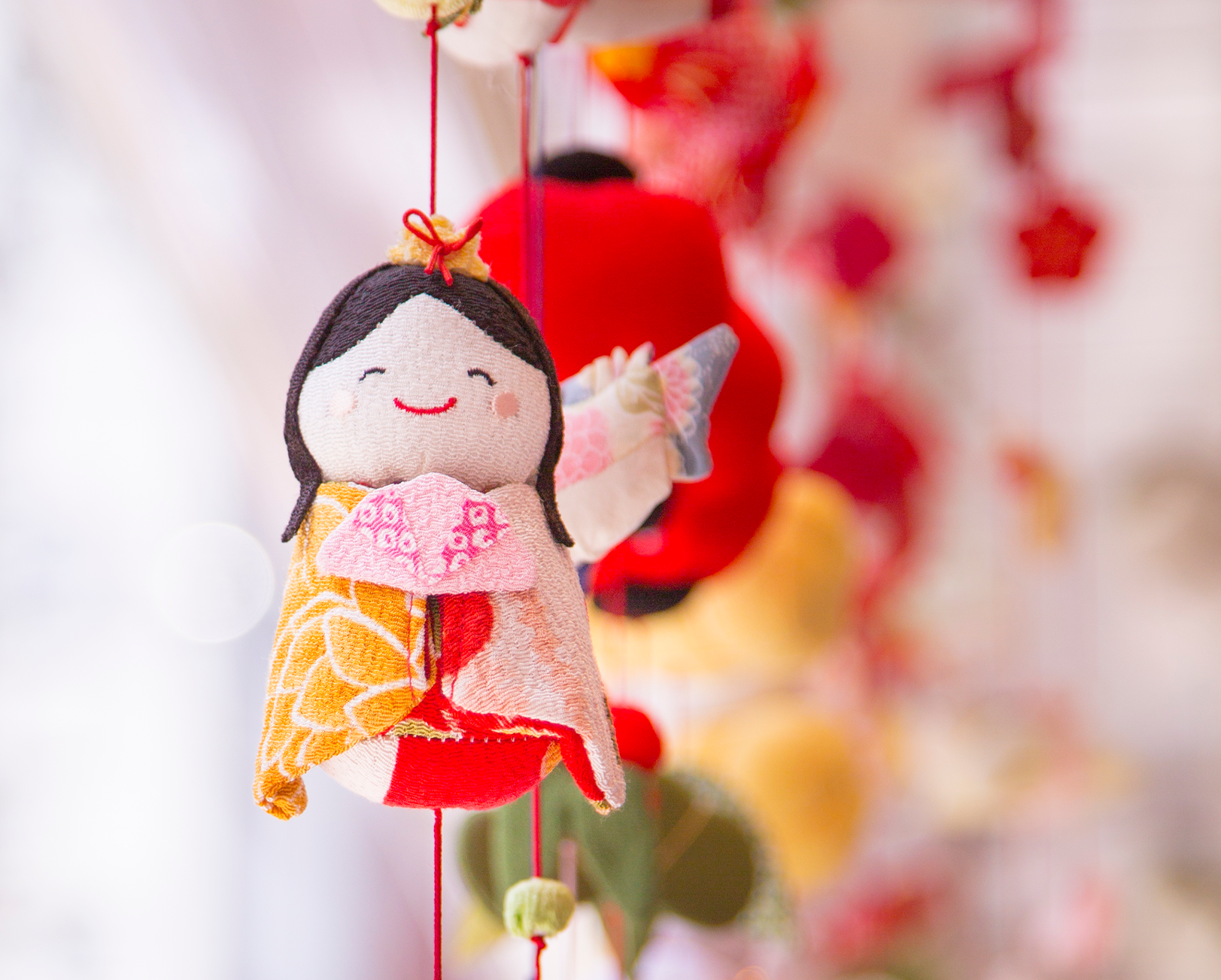
03. Prepare a Girl’s Day Meal or Visit a Japanese Bakery
Share a cooking lesson with the girls in your life by making traditional Japanese Girl’s Day recipes. One beloved dish is chirashi sushi, or scattered sushi, which is suitable for a crowd. (Here is a simple tuna chirashi recipe from Marie’s friend Naoko who also contributes recipes for KonMari!)
Many families share amazake, a fermented rice drink – and one of Marie’s favorites! – together as well. Some households even leave an offering of amazake on their doll display!
Girl’s Day is also known for its sweet treats, such as hina arare (pink and white rice snacks) and hishi mochi (diamond-shaped sweet cakes). If you live in a city with a historic Japanese neighborhood, you take a trip to a local bakery to pick up some special treats!

04. Attend a Girl’s Day Festival
Many museums and Japanese cultural centers create elaborate Girl’s Day doll festivals of their own. Check your local centers – many are planning special online celebrations!
Try your hand at some of these classic Girl’s Day practices or make up a few of your own, too! By bringing these joyful traditions into your own home, you remind the young girls you love that the world is theirs to explore – and that they mean the world to you!



